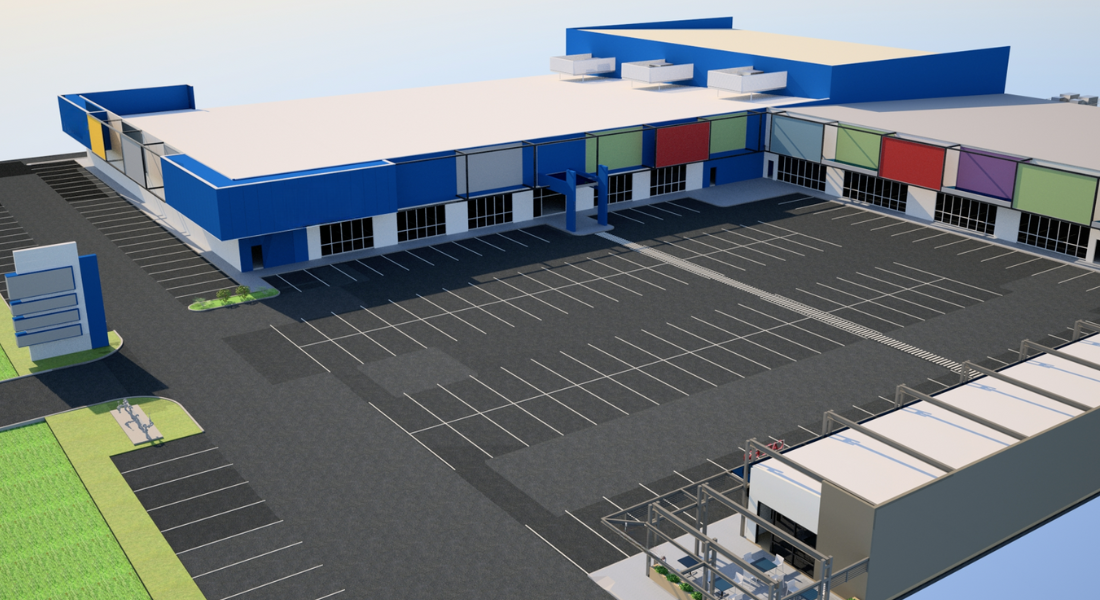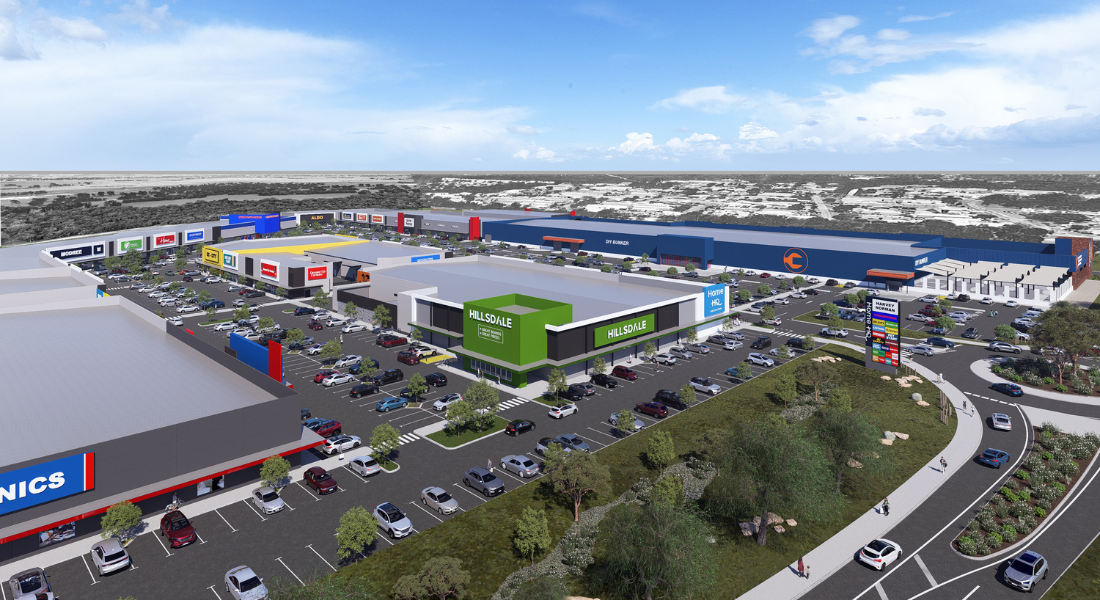Reimagining planning: lessons from the past and a vision for the future of Large Format Retail

Statutory planning seems like a methodical process for dealing with planning approvals, but the process is often more perplexing than pleasant.
There does need to be a somewhat strategic system as a basis of separating work and living and to protect humanity from the “ills of industry”. However, it also needs to be simple and administrative, so that town planners could focus on more meaningful pursuits, such as reforming (local) land use policies, or preparing discrete strategies which would guide growth.
Alas, it’s not that simple.
Years ago, we had a seething property market, and the choices of properties often didn’t coincide with the intended purpose, particularly as it related to core commercial areas. And the most evident example was in relation to Large Format Retail.
In the late 80’s, an uncommon dilemma faced by a typical country town council was: take the risk to enable adaptation of land within the central business area to accommodate these new ‘big box’ retail forms or look for new areas to transition and accommodate them. The choice was simple.
Like most country towns, the main road either into or out of the towns was generally fringed by a range of, often unattractive, light industrial businesses – small industrial sheds fringed with chainwide mesh fencing for businesses ranging from cabinet makers to window makers and dotted with obligatory car dealerships.
This would become our target area, and these locations were hastily rezoned (which was possible in the 80’s and early 90’s) to accommodate restricted retail forms. Ultimately, though, one is left with the thought of just what is being ‘restricted’.
With the upcoming release of the Large Format Retail Association Directory, it is an opportune time to look at some of the ongoing challenges facing the Large Format Retail sector. The Directory’s planning section highlights a litany of issues stemming from inconsistent planning rules across the country that impact the accommodation of “Big Box” retail Not even the Northern Territory is immune from these inconsistencies and a largely inflexible and overly prescriptive development approvals framework, along with a lack of suitable and sizeable commercial property, either along main roads or within otherwise designated Large Format Retail centres.
So, what was the fear and is there a way forward?
In 2021, the Productivity Commission released an “Information Paper – Plan to identify planning and zoning reforms”. The document cites the need to allow much greater flexibility in the land use regulatory framework – to relook at the way authorities administer approvals with respect to simply land use definitions and this, in part, is a clue to real reform and a way forward to address the seemingly endless increase in complexity and inconsistency.
In North America, administrators are experimenting with new concepts such as ‘performance-based zoning’, which largely sets aside the restrictions of land uses to able new development to be judged, and alternately be approved on the basis of performance or fit. Some Australian States already implement a performance-based approach in considering development applications yet are still overly reliant on an outdated land use definition-based system. A system, that by its very nature brings constraint and restriction and which is in full force in the Northern Territory since the introduction of its first Planning Scheme in 2000.
In the end, to implement real planning reform, a fresh look is required at a national level but driven by those end goals of achieving a more flexible, sensible and accessible system – less driven by fear and more by positive change. In the Territory, that will equate to a much greater effort in implementing strategy that is informed, but also bold in identifying suitable and accessible Large Format Retail centres in each of the major centres and accompanied by a simplification of approach to development approval that is both flexible and adaptive.
Nick Kearns MPIA, NT Manager and Principal Planner, MasterPlan NT




